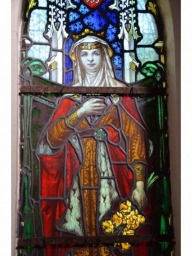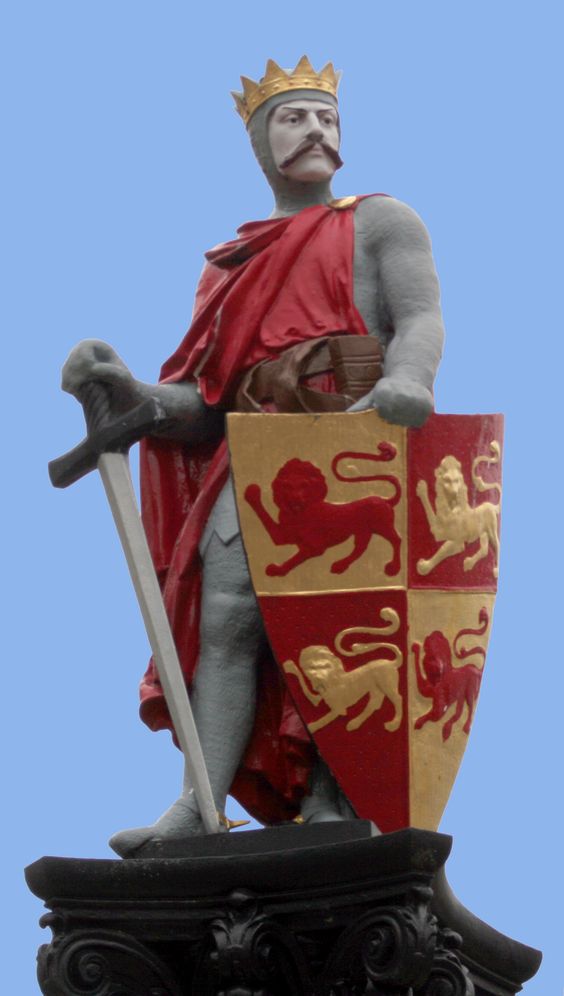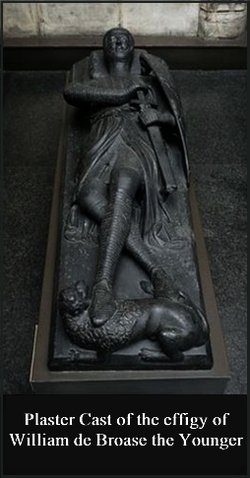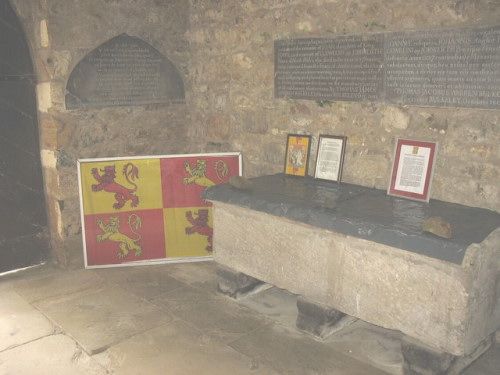Joan Plantagenet, Lady of Wales also known as Siwan of Welsh was born in 1191. She was the wife of Prince of Welsh, Llywelyn The Great of Gwynedd.
The Lady of Wales was also known for her alleged affair with William de Braose, Lord of Bramber that would later result in the imprisonment and death of Braose.

Early Life
Contents
Little is known about Joan’s early life apart from the fact that she was born out of wedlock. Her father was King John of England and mother was Clemence Pinel or Queen Clemence as some may call her, but there is no evidence of her royal heritage.
It is believed that Joan may have been born in France and was the eldest and third child of King John of England. She was brought to Normandy in December 1203 for her marriage to Llywelyn The Great, Prince of Welsh.
Joan Plantagenet, however, should not be confused with her half-sister Joan of England, Queen of Scotland.

Marriage and Children
In May 1206, Joan was married to Llywelyn at St. Werburgh’s Abbey in Chester. Joan was just 15 at that time.
The marriage was fruitful and the couple had two children, a daughter named Elen ferch Llywelyn who was married later to John the Scot, Earl of Chester and again for the second time to Robert II de Quincy and a son called Dafydd de Llywelyn.
Some of Llywelyn’s other children Gwladus Du, Susanna, Angharad, and Margaret are also believed to be of Joan’s.
Relationship between Joan and Llywelyn was a happy one. Llywelyn unable to withstand the rage of his father would often send Joan to his father as a mediator to seek peace in case there was some argument.
In April of 1226, Joan received a papal decree from Pope Honorius III. The decree declared her illegitimacy and that her parents were not married at the time of her birth which denied her claim to the English throne.

Joan Plantagenet and William de Braose
Everything was going fine between Joan and Llywelyn, until the Joan met William de Braose, the 10th Baron of Abergevenny.
William was the Lord of Bramber and was despised by the people of Welsh and was referred to as the ‘Black William’.
In 1228, William was captured by Llywelyn’s armed forces near Montgomery. Both Llywelyn and Braose came to an agreement. They agreed to wed Braose’s daughter Isabella to Llywelyn’s only son and heir Dafydd in return for the lordship and castle of Builth as dowry to the marriage and freedom for William.
But unfortunately, on the night of Easter in 1230, Llywelyn discovered William in the middle of the night at Joan’s bedchamber.
The scandal spread like fire. A furious Llywelyn ordered the death sentence of William de Braose.
Following the event, on May 2, 1230, William was hanged from a tree near Garth Celyn Palace at Abergwyngegyn.
Joan was imprisoned and was kept in a tower in solitary confinement at Garth Celyn for 12 months. However, Llywelyn later forgave his wife Joan and reinstituted her as the Lady of Wales. The couple had another daughter later in 1231.
In 1231, Joan witnessed the marriage of her son Dafydd with Isabella with her husband Llywelyn by her side.

Death of Joan, Lady of Wales
In February 1237, Joan died peacefully at the royal palace of Abergwyngegyn, north of Gwynedd. A grief-stricken Llywelyn never left her side.
Llywelyn established a Franciscan Friary near the shores of Llanfaes in her honor where Joan was buried. Shortly in 1240, it was declared a consecrated ground by the church authorities.
However, in 1537, Joan’s shrine was desecrated during the “Dissolution of the Monasteries” by order of King Henry VIII.
The location of the tomb was unknown until many years later it was found in the small town of Beaumaris, Anglessey.
Joan’s stone tomb has been reinstated with great honor and is kept in the Beaumaris Church premises.
The sculpture of Joan shows her wearing wimple and a small crown with her hands folded and raised to offer prayers. There is also an inscription at her coffin stating the condition in which the tomb was found and that she was reinstated by Thomas James Warren Bulkeley in October 1808.

